Lawn Care for Winter
Winter is a crucial time for lawn care. With the right attention, your lawn can emerge healthy and green in the spring. Here are some tips to help you prepare your lawn for winter.
Mowing
Continue to mow your lawn until it stops growing, usually in late autumn. Leave the grass a little longer than normal to protect the roots from cold weather.

Clearing Debris:
Remove leaves, sticks, and other debris from your lawn to prevent mold, disease, and pests.
Watering
Water your lawn deeply and infrequently in the fall. This will help the roots to absorb as much water as possible before the soil freezes.
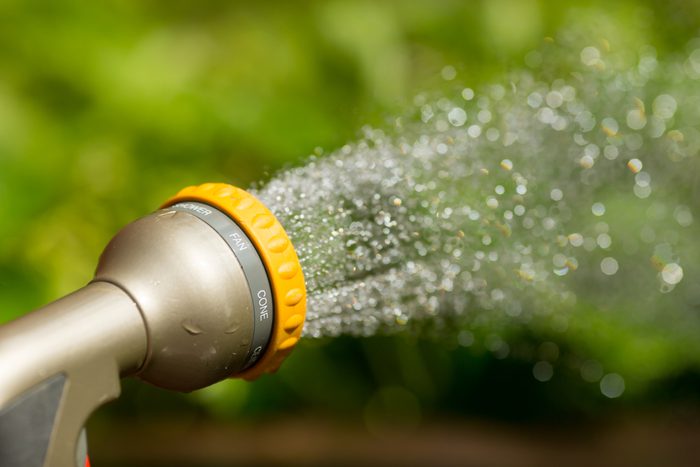
Fertilizing
Fertilize your lawn in the fall to encourage root growth and protect it from winter stress. Use a slow-release fertilizer to provide sustained nourishment.
Aeration
Aerating your lawn in the fall can help improve soil structure, and water and air circulation, and promote root growth.
Protect from Salt
If you live in an area with heavy snow and ice, protect your lawn from salt damage by using calcium chloride instead of rock salt.
Snow Removal
Remove snow from your lawn as soon as possible to prevent damage from heavy snow and ice.

Insulate
Cover your lawn with a winter mulch, such as leaves, straws, or evergreen boughs, to insulate the soil and protect the roots from the cold.
Pests
Control pests and diseases by removing infected plant material, and using pesticides or fungicides if necessary.
Irrigation Systems
Drain outdoor irrigation systems before the winter to prevent damage from freezing.
Mound soil
Create small mounds of soil over the crowns of your plants to protect them from freezing and drying out.
Pruning
Prune trees and shrubs in the late fall or winter to remove dead or damaged branches, promote healthy growth, and reduce the risk of disease.
Maintaining Equipment
Clean and store lawn care equipment such as mowers, trimmers, and aerators before the winter to prevent rust and corrosion.
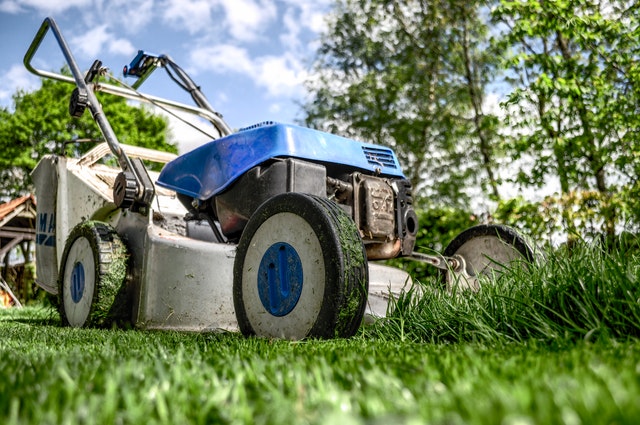
Keep an Eye on the Weather
Watch for signs of damage from winter weather and take action promptly to repair any damage.
Conclusion
Winter lawn care is an important part of maintaining a healthy and beautiful lawn. By taking these steps, you can ensure that your lawn will survive the winter and be ready for the spring. Stay ahead of winter weather, and with a little effort, you can have a beautiful lawn all year round.

Lawn Care for Fall
Fall is an important time for lawn care as it helps to prepare your lawn for winter and promote healthy growth in the spring. Here are some tips for fall lawn care:
Mowing
Continue to mow your lawn until it stops growing, usually in late autumn. Raise the mower blade to a higher setting to leave the grass a little longer than normal to protect the roots from cold weather.
Clearing Debris
Remove leaves, sticks, and other debris from your lawn to prevent mold, disease, and pests.
Watering
Water your lawn deeply and infrequently in the fall. This will help the roots to absorb as much water as possible before the soil freezes.
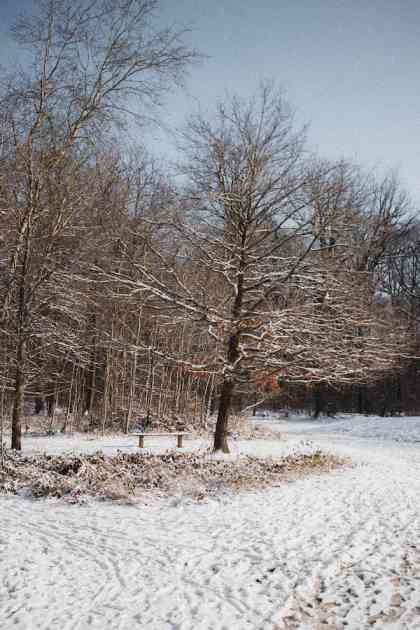
Fertilizing
Fertilize your lawn in the fall to encourage root growth and protect it from winter stress. Use a slow-release fertilizer to provide sustained nourishment.
Aeration
Aerating your lawn in the fall can help improve soil structure, water, and air circulation, and promote root growth.
Seeding
Fall is an ideal time to seed your lawn. Seed any bare or thin areas to promote thicker growth in the spring.
Weed control
Apply a pre-emergent herbicide in the fall to prevent winter weeds from germinating.
Irrigation Systems
Drain outdoor irrigation systems before the winter to prevent damage from freezing.
Mound soil
Create small mounds of soil over the crowns of your plants to protect them from freezing and drying out.
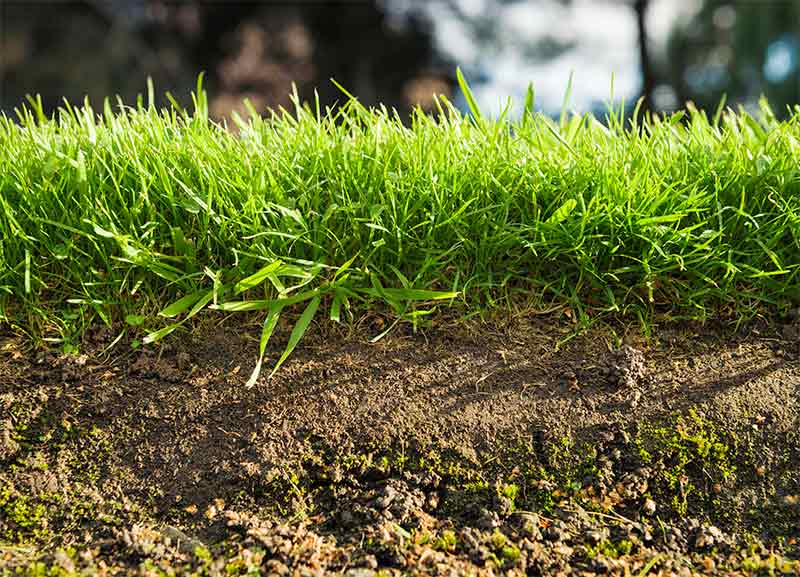
Pruning
Prune trees and shrubs in the late fall or winter to remove dead or damaged branches, promote healthy growth, and reduce the risk of disease.
Maintaining Equipment
Clean and store lawn care equipment such as mowers, trimmers, and aerators before the winter to prevent rust and corrosion.
Keep an Eye on the Weather
Watch for signs of damage from winter weather and take action promptly to repair any damage.
Rake leaves
Regularly rake up leaves to prevent smothering the grass, promoting mold growth, and attracting pests.
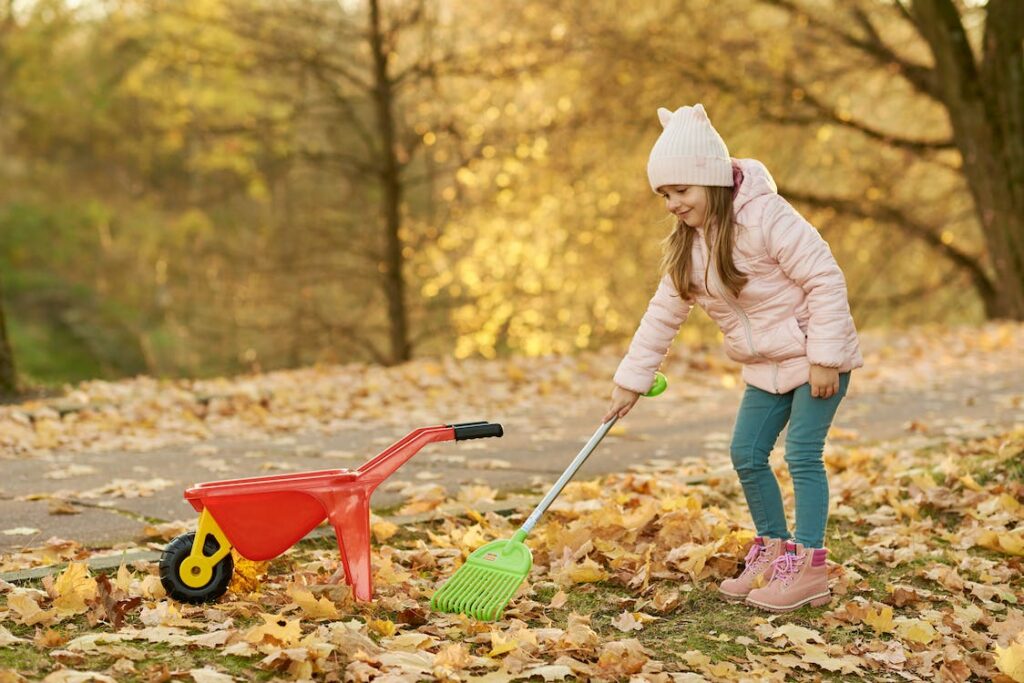
Overseed
Overseed your lawn in the fall to improve density, reduce weed growth and add new life to your lawn.
Dethatching
Dethatch your lawn in the fall to remove dead grass and promote healthy growth.
Conclusion
Fall lawn care is crucial for preparing your lawn for winter and ensuring that it emerges healthy and vibrant in the spring. With these tips, you can ensure that your lawn stays healthy and beautiful throughout the fall and winter months. Regular attention and care can result in a lawn that is the envy of the neighborhood all year round.

